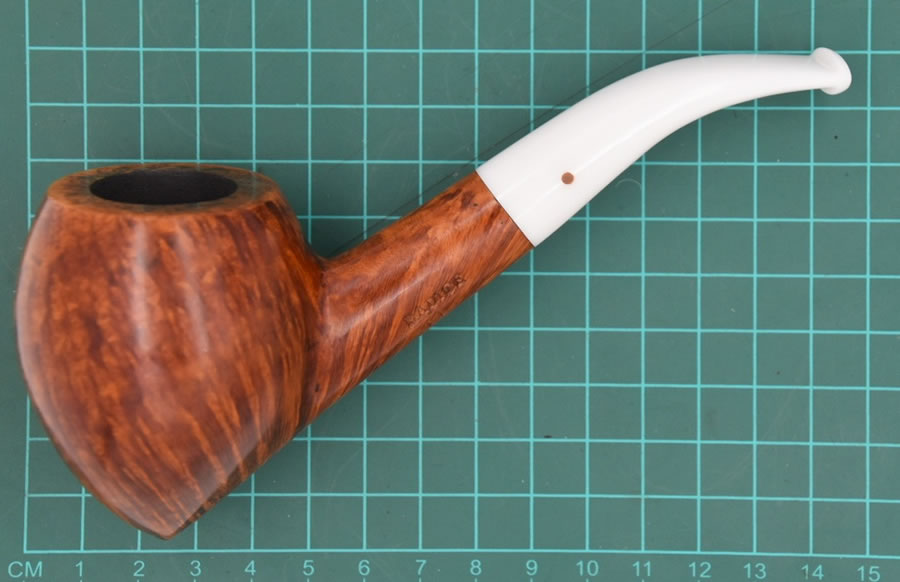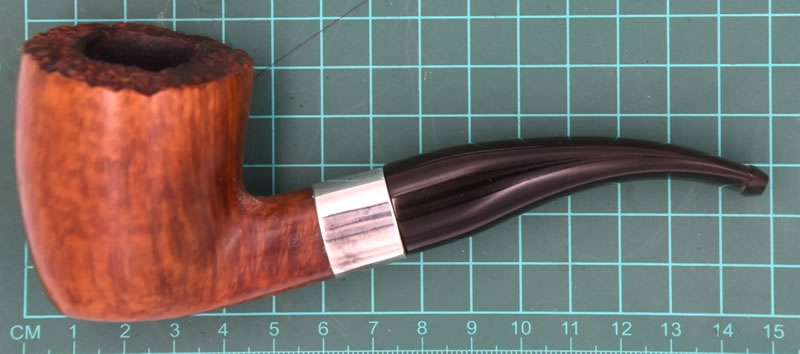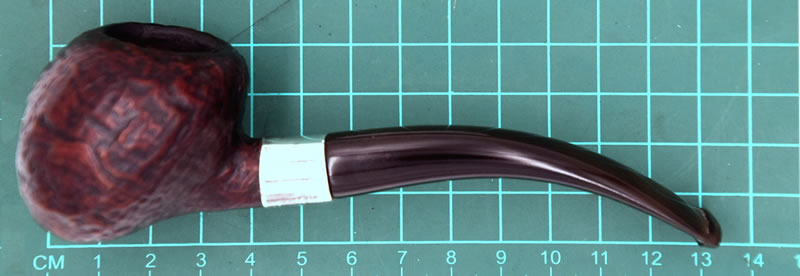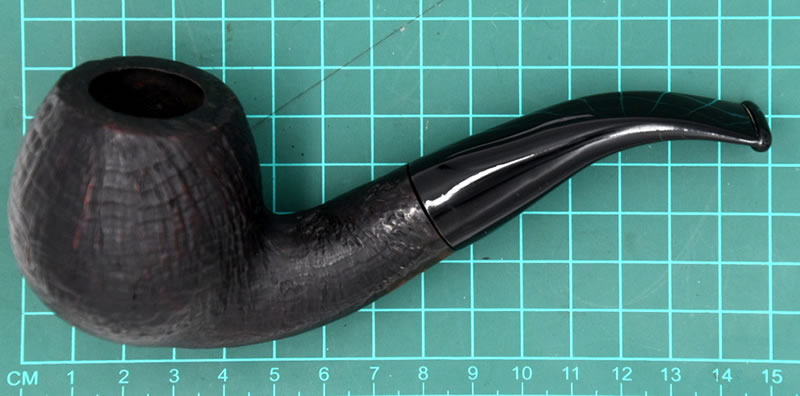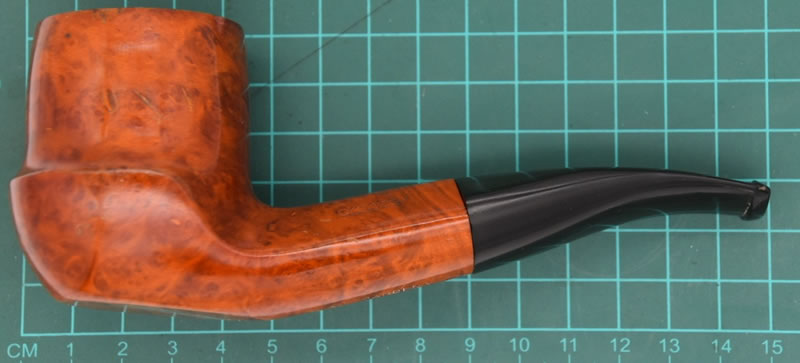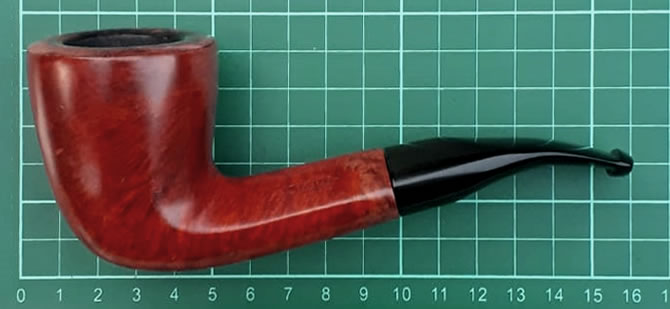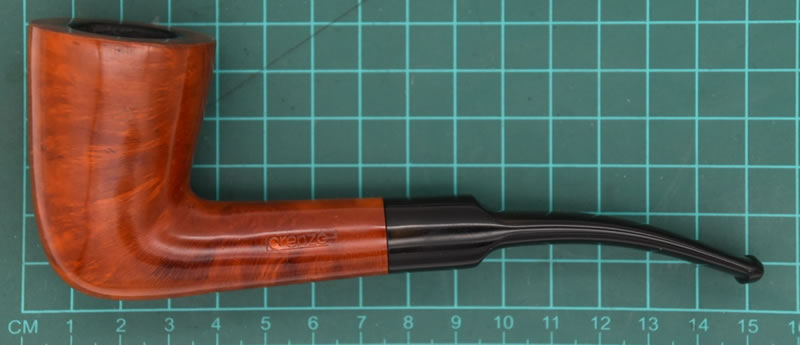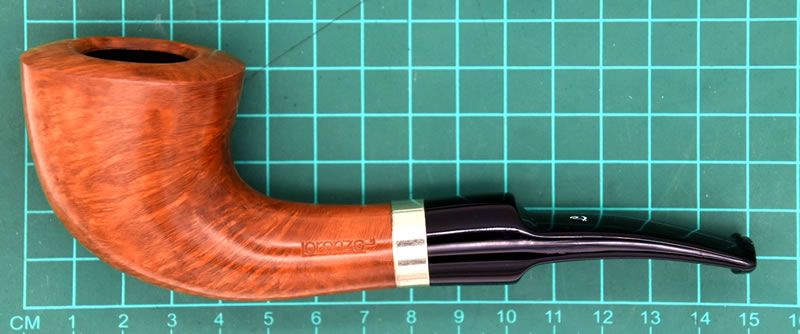 |
||
|
|
||
Refurbished Pipes for Sale #2 *To qualify for preview days, fill in theFREE SWEEPSTAKE ENTRY
URGENT
NOTICE: |
Let a Professional refurbish your pipes or Do It Yourself Move your cursor over the image to see the transformation |
||
Pipes in Selection #2 - Click ![]() or the grid image to view details, a description and enlarged image/s of each pipe.
From this link, you will be able to make a purchase unless the pipe has already been sold.
or the grid image to view details, a description and enlarged image/s of each pipe.
From this link, you will be able to make a purchase unless the pipe has already been sold.
RADICESTANWELL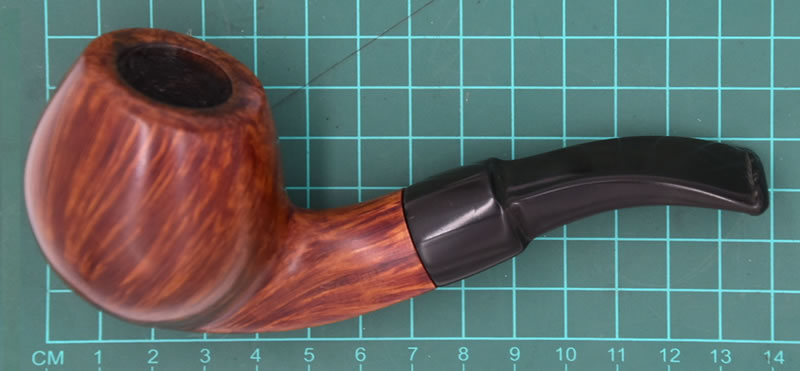 254-RfStanFlGrain 232 R950.00 |
LORENZO |
| *To qualify for future preview days, fill in the FREE SWEEPSTAKE ENTRY |
|
Prolong the life of your favourite briar with a little more care and attention.
Professional Refurbishment.
Take a look at those old discarded pipes (discoloured, sour, damaged) - some of them may easily justify the cost of a professional repair or refurbishment. The bowl will be reamed, cleaned and sweetened with "mead", and the whole pipe polished to restore its dignified appearance - only the dents will remain as a reminder of past pleasures.
As well as replacement mouthpieces, a hole in the bowl or a cracked shank can be repaired.
You won't be able to buy a new branded pipe for the R200 to R300 the professional job may cost you. Bring in your pipe for assessment.Here is a step-by-step procedure:
There are 4 distinct cleaning processes:
1. Removing the build-up of tars and juices which collect inside the shank and mouthpiece, and in the base of the bowl.Work over a tray or dish lined with paper. Remove the mouthpiece from the pipe. Insert the nozzle of the CGA Pressurised Pipe Cleaner spray into the peg of the stem and press down for 2-3 seconds to release the spray. Repeat for the shank. Use a bristle cleaner to really scrub the inside of the shank and mouthpiece. Or you could dip the bristle in a solvent (eg Savinelli Pipe Clean, or some form of alcohol). You could pour or spray just a little solvent into the base of the inside of the bowl and work the bristle cleaner through from the slightly tilted shank.
Try not to splash the solvent on the outside of the bowl or mouthpiece. Be careful not to start a hole in the base of the bowl through excessive twisting - and for very bent pipes go easy round the bend in the mouthpiece.
You have finished when the pipe cleaner comes through clean.
2. Keeping the carbon layer under control. When necessary, ream the carbon layer inside the bowl to an even thickness of about 1.5mm (R1 coin) - the T-shaped reamer from Savinelli, the Dunhill Carbon Cutter, or the precise, high-tech Senior reamer will do the job comfortably. Wipe the inside of the bowl with a little of the solvent.
3. Polishing the vulcanite mouthpiece to remove the bitter taste. Remove the oxidation from the mouthpiece with a mild abrasive (eg Dunhill Pipe Mouthpiece Polish, Savinelli Stem Polish or Jeweller's Rouge). This might require vigorous and lengthy rubbing (a whole TV programme). If very dull and green, a buffing wheel is a big help - remove the mouthpiece to prevent accidental breakage. With the buffing wheel, take care not to buff too hard on one spot - the vulcanite may burn. If the logo is stamped on the mouthpiece it will possibly disappear.
(A recent comment from a customer was that a buffing wheel is necessary when using "jeweller's rouge" but that he found a good hand rub sufficient when using Savinelli Stem Polish regularly.)
Watchpoint - water based cleaners or abrasives (eg Handy Andy, Vim) or alcohols (eg Meths, benzine) may add to the discolouration of the outside of the mouthpiece - extra polishing will be necessary.
4. Beauty treatment for the outside of the briar bowl. Polish the outside of the bowl with a wax polish (eg Dunhill Bowl Polish; Savinelli Bowl Polish) and a clean cloth. Again a buffing wheel can help - remember to remove the mouthpiece before starting.
(Corncobs shouldn't need a polish, but a beechwood will appreciate it once the varnish has worn off.)
5. Long term protection for the whole pipe.
The Dunhill Silicone Pipe Care Cloth: 100% waxed cotton - Rub lightly over the surface of bowl and mouthpiece after cleaning and polishing. Protects the pipe with an invisible film of silicone wax.Complete Cleaning Kits are available from Denicotea and Dunhill
Finally, leave the pipe to stand bowl down for at least 24 hours before smoking.
NB Read about cleaning your Meerschaum - a very different process.
Prevention is better than Cure!
1. Don't oversmoke a pipe (especially your favourite) - it will become saturated and turn "sour".
Do rotate your pipes to allow each to dry out properly.
2. Do polish the mouthpiece regularly, don't let the oxidation get the upper hand.
3. Do allow the carbon layer to build in your new pipe - right to the bottom of the bowl - and then keep it reamed to about 1.5mm thickness to prevent cracking.
4. If yours is a filter pipe - do use the filter or use the adapter. Don't smoke without one of them, even once, it can lead to an ill-fitting mouthpiece through a swollen shank. This is almost impossible to rectify.
5. To prevent breakage, do hold close to the join when removing the mouthpiece from the bowl, and don't remove the mouthpiece until the pipe is cool.
6. Don't use a sharp pointed instrument to clean out the bowl - you may drill a hole in the bottom.
7. Do hold your pipe by the bowl (not the stem) when "tapping out" the ash; and don't knock it against a hard surface - you may break the shank or mouthpiece or crack the bowl. Fit a "cork knocker" to a handy ashtray.
The general principle to bear in mind is that the cleaner and drier you keep your pipe, the more enjoyable it will be to smoke - and the longer it will continue to give pleasure.ALL IMAGES AND CONTENT © Colin Wesley 2022
 |
||
|
|
||

